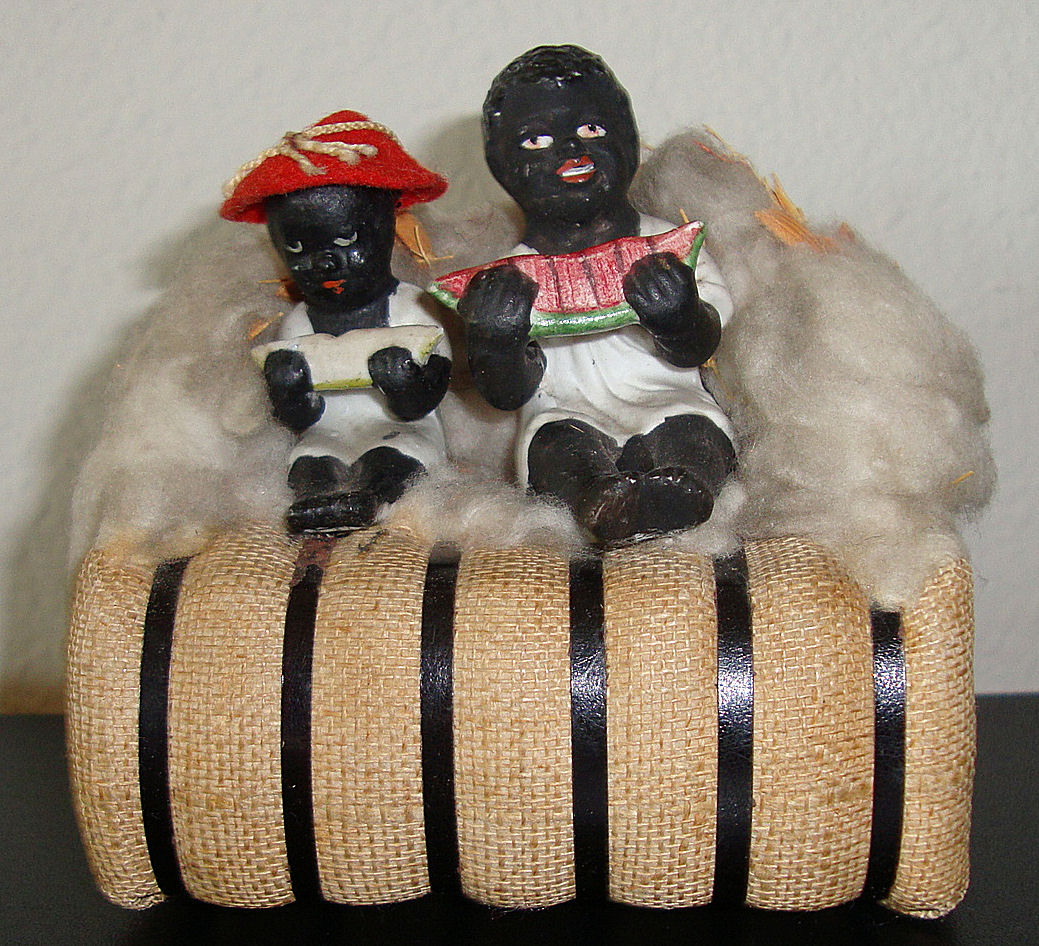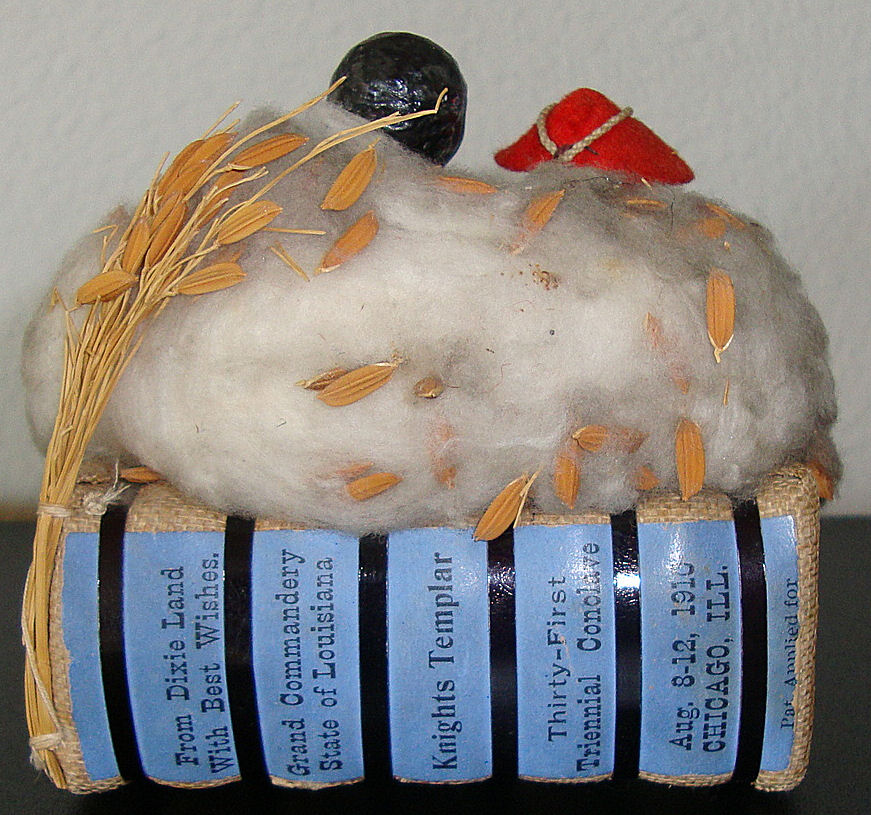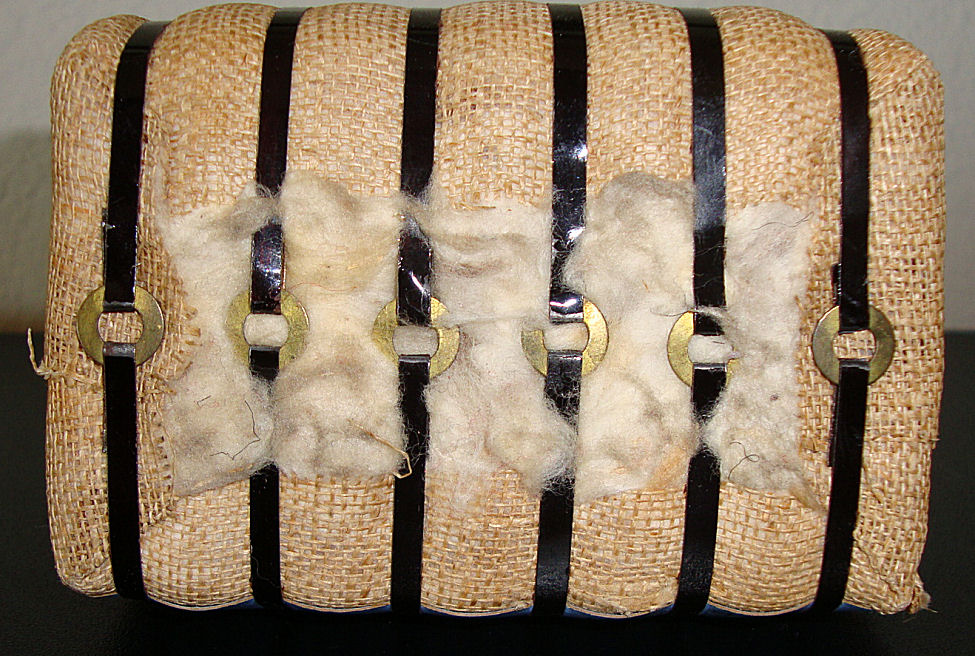Who
Collects
Although many people
consider Black Memorabilia to be offensive and insulting, it might surprise
you to find out many big-time collectors of black memorabilia are, in fact,
of African American heritage. Celebrity collectors include Oprah Winfrey,
Spike Lee, Bill Cosby and Billy Dee Williams.
And oft-times these collectors look for and acquire even the most offensive and slave related pieces. Why? According to Philip Merrill, it's a way to remember and preserve the past, and to make sure that history is not repeated.
Black Memorabilia collectors can't be easily classified, but some collector categories can include:
- Antique items from the offensive slave era in our history
- Postcards featuring black figures
- Mammy items, purely for decorative purposes
- Historical items from the early days of the NAACP
- Political posters from the 1960s featuring black activists featuring black
- Memorabilia featuring African-American singers and actors
- Newer, limited edition figures from current African American artists
- Original artwork from black artists
Values
Depending on the era collected, collecting Black Memorabilia can be a costly
addiction. Authentic and vintage pieces have soared over the past decade,
which in turn causes more fakes and reproductions to be produced. Browsing
through a price guide printed around 1990 will give a collector an idea of
just how much items have increased in value. In the case of several pieces I
was able to document, many times the increase was 400 - 500% percent!
Reproductions
When anything increases in value that rapidly and that much, reproductions
that have always been prevalent become even more so.
Paper and Ephemera items are easily duplicated. With today's technology, it's very easy to reproduce these items and when buying online, sometimes it can be hard to tell if an item is authentic. But a good book and a little common sense can go a long way. New paper labels can also be added to old items, making one think that perhaps the item is legitimate.
One particular item that is widely reproduced are Gold Dust Soap packages, Mark Chervenka, noted expert on reproductions, states that "if Gold Dust Soap actually sold all the packages that bear it's name, the company's sales would be greater than General Motors or Microsoft". And that comment was made in 2001, so you can imagine how many more have been made since that time.
Cast iron objects are also widely reproduced. Picking up and touching the item can always help figure out if an item is new or old, but even that can be difficult. Buying online becomes more tricky. Look around and see how many similar items are being sold. Read those descriptions. Case in point, cast iron mammy banks on eBay. Descriptions varied from "I don't know how old this is, bought in an estate sale" to "this is a new item". Check for similar items when bidding online and read what the different sellers are saying about the same item.
If it's a kitchen item and ceramic, it's a good bet that there have been reproductions made. Cookie Jars, salt & peppers, string holders and humidors are all on the reproduction list. Auction descriptions are similar to the cast iron objects. It's amazing how many items are "found at an estate sale", that are in-fact brand new. Other sellers might not be dishonest, but will skirt the truth. Look for terms like "bottom is marked McCoy". Anything can be marked McCoy, but that doesn't mean it's authentic, do more research before bidding.
Bottom Line
As in all collecting, always do research before buying anything advertised
as antique or vintage, especially checking to see if the item has been
reproduced.
- Beware of fantasy items.
- Buy from reputable dealers who will stand behind their products.
- When buying online, check the sellers feedback and other items for sale.
- If you're not sure of the values, check completed eBay auctions and web sites like TIAS.com to see what prices similar items are selling for.
- More than one or two supposedly antique items for sale at the same time? Bells should go off!
- Read descriptions carefully, read not only what is written, but what isn't said!
- If it's too good to be true, it probably is.
Resources Include:
African Americana on Antiques Roadshow
"Black Collectibles, Sold in America" by P.J. Gibbs
"Guide to Fakes & Reproductions" by Mark Chervenka




